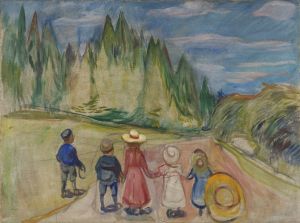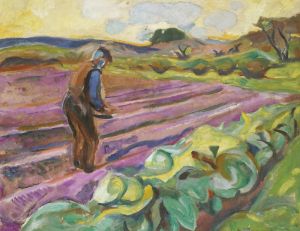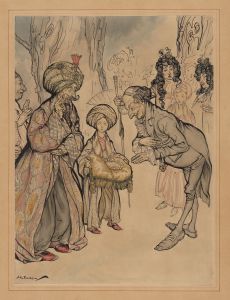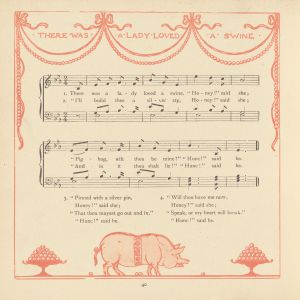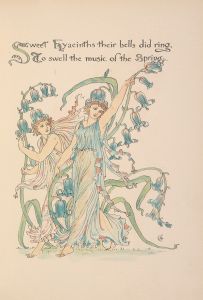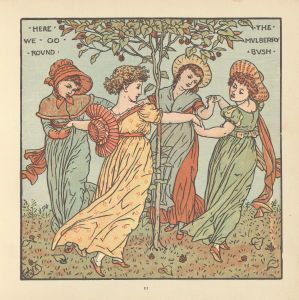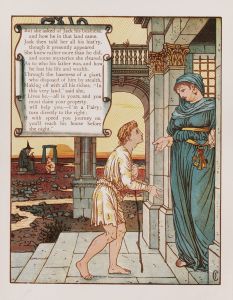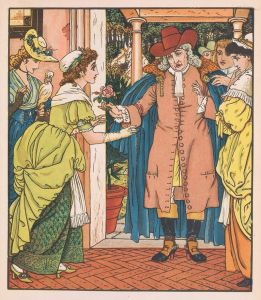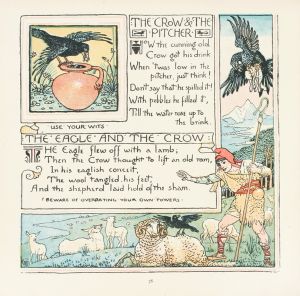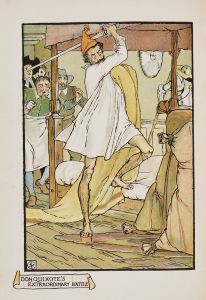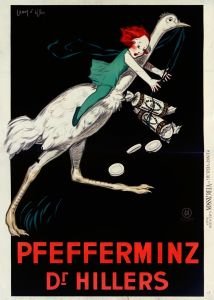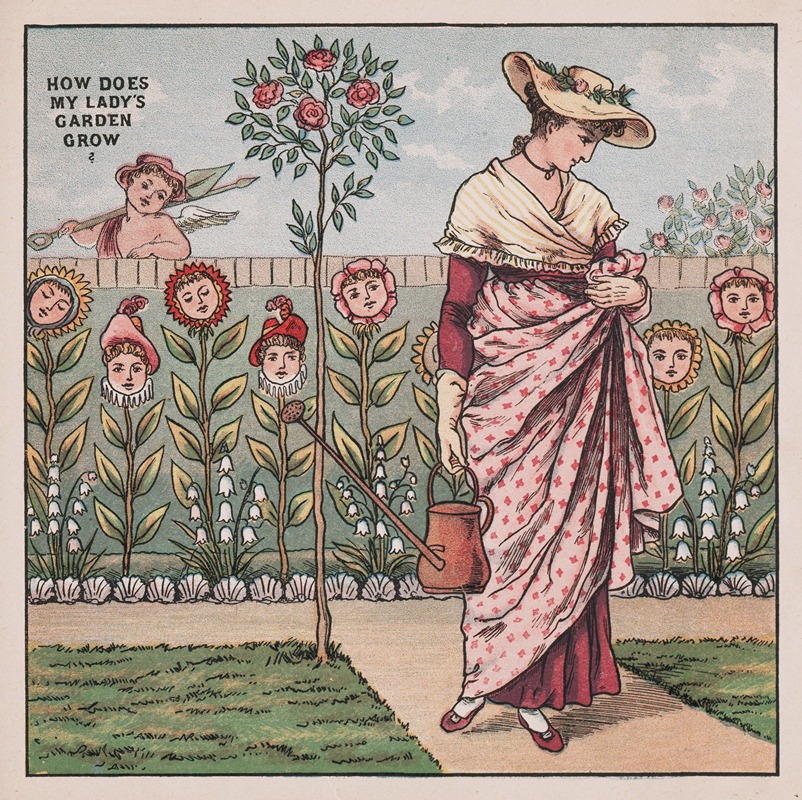
How does my lady’s garden grow
A hand-painted replica of Walter Crane’s masterpiece How does my lady’s garden grow, meticulously crafted by professional artists to capture the true essence of the original. Each piece is created with museum-quality canvas and rare mineral pigments, carefully painted by experienced artists with delicate brushstrokes and rich, layered colors to perfectly recreate the texture of the original artwork. Unlike machine-printed reproductions, this hand-painted version brings the painting to life, infused with the artist’s emotions and skill in every stroke. Whether for personal collection or home decoration, it instantly elevates the artistic atmosphere of any space.
Walter Crane was a prominent English artist and illustrator, known for his contributions to the Arts and Crafts Movement and his work in children's book illustrations. However, there is no widely recognized painting titled "How does my lady’s garden grow" attributed to Walter Crane. It is possible that this title may refer to a lesser-known work, a misattribution, or a piece that has not been extensively documented in public records or major art collections.
Walter Crane's body of work is extensive and varied, encompassing book illustrations, paintings, and decorative arts. He was born on August 15, 1845, in Liverpool, England, and became one of the most influential figures in the development of children's book illustrations during the late 19th century. His style is characterized by its vivid use of color, intricate patterns, and a strong influence from the Pre-Raphaelite Brotherhood and the Aesthetic Movement.
Crane's most notable contributions were in the realm of children's literature, where he illustrated numerous nursery rhymes and fairy tales. His work often featured themes from nature, mythology, and folklore, rendered in a style that combined elements of medieval art with the flat, decorative qualities of Japanese prints, which were highly popular in Europe at the time.
In addition to his work in illustration, Crane was a committed socialist and used his art to promote social and political causes. He was associated with the Arts and Crafts Movement, which sought to revive traditional craftsmanship and resist the dehumanizing effects of industrialization. Crane's designs extended beyond books to include wallpapers, textiles, and ceramics, reflecting his belief in the unity of the arts.
Crane's influence extended beyond his lifetime, impacting both the fields of illustration and design. His work helped to elevate the status of book illustration to a respected art form and inspired subsequent generations of artists. He passed away on March 14, 1915, leaving behind a legacy that continues to be celebrated in the fields of art and design.
Without specific information on a painting titled "How does my lady’s garden grow," it is challenging to provide a detailed description or analysis. If such a work exists, it may be housed in a private collection or under a different title. For those interested in Walter Crane's art, exploring his well-documented works and contributions to the Arts and Crafts Movement would provide a comprehensive understanding of his artistic achievements and historical significance.







